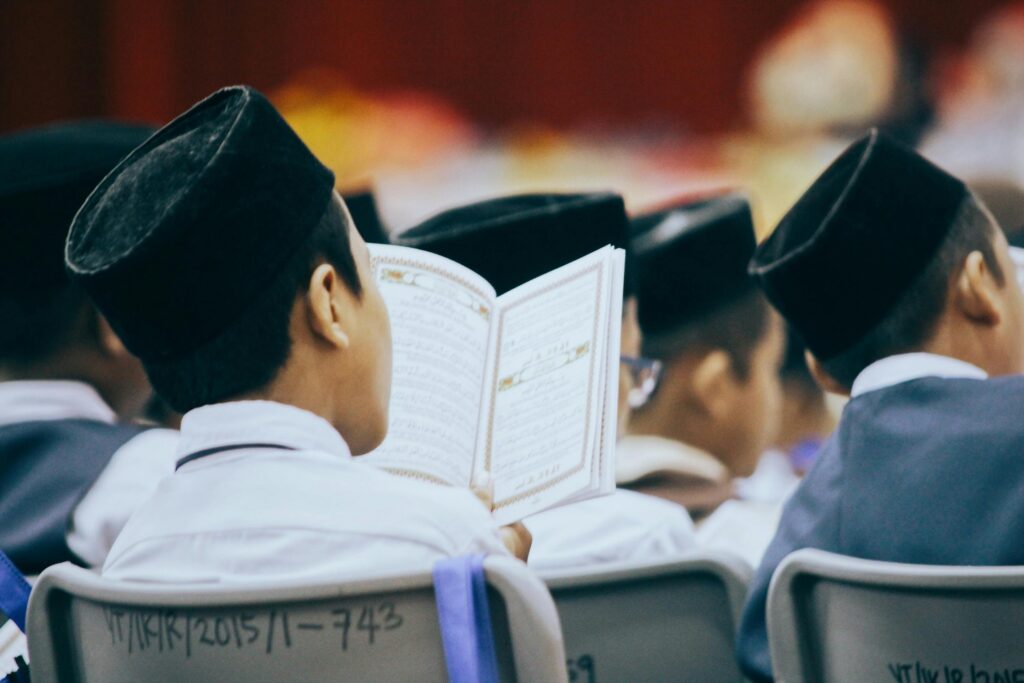Islamophobia, a term denoting prejudice against, hatred towards, or irrational fear of Muslims, has unfortunately entrenched itself deeply in various societies around the globe. This pervasive issue manifests in multiple forms, ranging from subtle marginalization to overt acts of violence, profoundly impacting individuals and communities. To understand the depth and breadth of Islamophobia, it is crucial to explore its origins, manifestations, and the detrimental social consequences it spawns.
The Origins of Islamophobia
The roots of Islamophobia can be traced back to historical, political, and socio-cultural factors. Historically, events such as the Crusades and colonial conquests sowed seeds of distrust and enmity between the Western and Islamic worlds. In more recent history, geopolitical conflicts, including the Iranian Revolution, the Gulf Wars, and the 9/11 terrorist attacks, have further exacerbated negative perceptions of Muslims. Media portrayals often amplify these tensions, frequently depicting Muslims in association with terrorism and extremism, thus perpetuating stereotypes and fostering an environment of fear and suspicion.
Manifestations of Islamophobia
Islamophobia manifests in various forms, each progressively more damaging. It often begins with subtle social exclusion and progresses to more overt discrimination and violence.
Marginalization
At its most insidious, Islamophobia results in the marginalization of Muslims within societal structures. This can include workplace discrimination, where qualified Muslims are overlooked for promotions or job opportunities, and educational bias, where Muslim students face prejudice from peers and educators alike. The hijab, for instance, can become a focal point of discrimination, with Muslim women facing harassment or pressure to conform to Western dress codes.
Discrimination
Beyond marginalization, Islamophobia can lead to more explicit forms of discrimination. This includes racial profiling by law enforcement agencies, biased immigration policies, and exclusionary practices in housing and public services. Such systemic discrimination not only isolates individuals but also creates a hostile environment where Muslims are viewed as perpetual outsiders.
Violence
The most extreme and alarming manifestation of Islamophobia is violence. Hate crimes against Muslims, ranging from verbal abuse to physical assaults and even murder, have seen a troubling rise in many countries. Mosques and Islamic centers have also been targets of vandalism, arson, and bomb threats, creating an atmosphere of fear and insecurity among Muslim communities.
Social Consequences of Islamophobia
The social consequences of Islamophobia are profound and far-reaching, affecting not only the targeted individuals but also the broader societal fabric.
Psychological Impact
For individuals, the constant threat of discrimination and violence can lead to severe psychological distress. Anxiety, depression, and post-traumatic stress disorder (PTSD) are common among victims of hate crimes and discrimination. This psychological burden can stymie personal development and hinder the ability to participate fully in societal activities.
Community Fragmentation
On a communal level, Islamophobia can lead to fragmentation. Muslim communities may become insular, retreating into themselves as a defense mechanism against a hostile external environment. This isolation can hinder social cohesion and reduce the opportunities for intercultural dialogue and understanding, perpetuating a cycle of mistrust and division.
Erosion of Social Trust
Islamophobia erodes the foundational principle of social trust. When a segment of society is systematically marginalized and targeted, the overall trust in societal institutions and between different community groups deteriorates. This erosion of trust can lead to a more polarized and divided society, where cooperation and mutual respect are diminished.
Combating Islamophobia
Addressing and combating Islamophobia requires a multifaceted approach. Educational initiatives that promote understanding and dispel myths about Islam are crucial. Media representations need to shift towards more balanced and nuanced portrayals of Muslims. Legal frameworks must be strengthened to protect individuals from hate crimes and discrimination. Furthermore, fostering intercultural dialogue and community engagement can build bridges and promote mutual respect.
Conclusion
Islamophobia is a pernicious issue with far-reaching social consequences. From subtle marginalization to outright violence, its impact is profound and damaging. By understanding its origins, manifestations, and consequences, society can take informed steps to combat this prejudice. Promoting inclusivity, understanding, and respect for diversity is not just a moral imperative but a necessity for the health and cohesion of any society. In the face of Islamophobia, silence and inaction are not options; proactive and compassionate engagement is the path forward.








